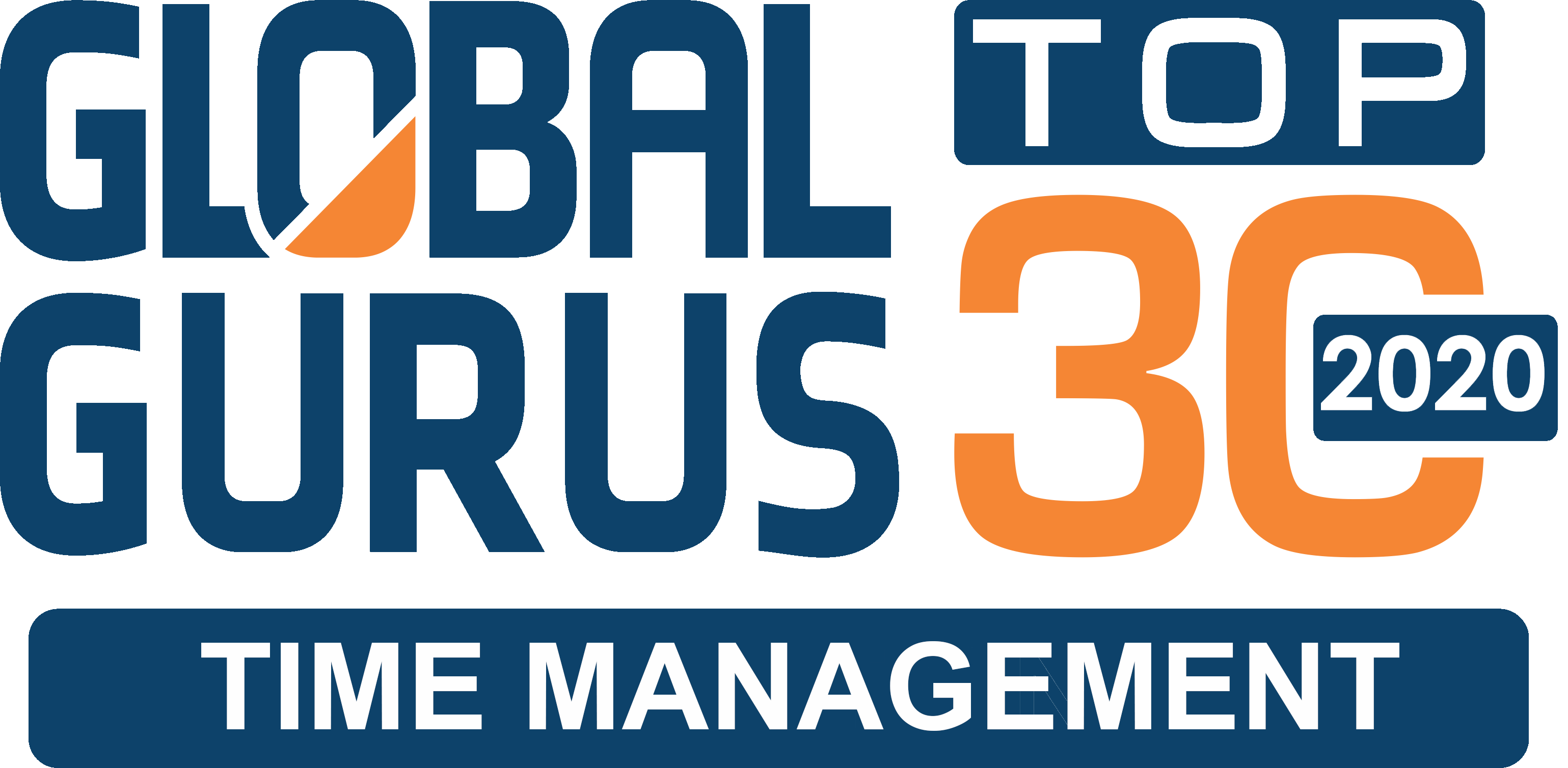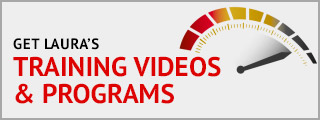Technology is both a blessing and a curse. It can definitely improve your productivity, but having to deal with email, voicemail, the Internet, Blackberries, PDAs, cell phones, and pagers can make you less productive if you’re not careful. Here are a few suggestions on how tame your technology .
1. Try to reduce "information overload." Understand that you can have too much information, and find a way to get rid of the excess. Get off mailing lists, learn computer shortcuts, narrow your web searches, cancel subscriptions, and use filtering rules to reduce electronic junk.
2. Use proper netiquette. Among other things, DON’T SHOUT, don’t be sloppy, and keep your messages brief and to the point. Make it easy for other people to respond, and most importantly, don’t waste their time with your email use.
3. Leave effective voicemail messages. Plan your messages ahead of time, and make them brief. Don’t mumble, don’t ramble, watch your tone, and leave more than just your name and number. Above all, avoid playing telephone tag.
4. Use your phone as an effective productivity tool. Unless you’ve got a pressing deadline, pick up the phone when it rings and take care of the issue right then. Get to the point quickly, and stay focused. Plus, use a wireless handset — it lets you handle phone calls anywhere in your home or office.
5. Keep your computer files well organized, so you can find them easily. Use directories and subdirectories effectively, give your project files logical, easy-to- remember names, and always save them where they’re supposed to go.
6. Know the available productivity features of your email program. Keep your inbox clean by reading, replying, and deleting every email ASAP, if possible; otherwise, organize and store important emails in logically-named folders. Learn to use your email program’s Calendar feature, too.
7. Run regular maintenance routines on your computer. This will ensure high performance and help protect your data. Do regular system scans with antivirus software, run complete backups regularly, and purge your old files frequently.
8. Understand the features and purposes of electronic and paper systems. Decide which systems work best for you in specific circumstances, and know when to use each.
9. Eliminate email spam. Use pop-up blockers and email filters, and don’t read or reply to spam at all. If you need to provide personal information online, use an email address you signed up for using fake information.
10. Remember that you control your technology; it doesn’t control you. The most useful tool on your phone, computer, Blackberry, PDA or pager is the OFF button. Do you even know where it is? Remember that you can turn your technology off, and you can respond to it when you’re ready — not when everyone thinks you should.
It’s amazing how useful technological tools can be — but it’s equally amazing just how distracting they can be, especially when they’re not properly used. Instead of responding mindlessly to that hunk of plastic and electronics when it bleeps at you, learn to put it to work for you in an effective and organized manner. Understand what to avoid, what to take advantage of, and just as importantly, where the OFF button is — and how use it.
© 2008 Laura Stack. Laura Stack is a personal productivity expert, professional speaker, and author who helps busy workers Leave the Office Earlier® with Maximum Results in Minimum Time™. She is the president of The Productivity Pro®, Inc., a time management training company in Denver, Colorado, that caters to high-stress industries. Laura’s newest productivity book, The Exhaustion Cure (Broadway Books), hits bookstores in May 2008. Laura is a spokesperson for Microsoft, 3M, and Day-Timers®, Inc and has been featured on the CBS Early Show, CNN, and the New York Times. Her clients include Cisco, Sunoco, KPMG, Nationwide, and MolsonCoors. Contact her at www.TheProductivityPro.com.



A great way to help manage #3, #4, #6 and #10 here are the free resources provided by http://www.jott.com and http://www.gopingme.com.
Enterprise Collaboration and Virtual Teams Report (March 4, 2008)
The People Part of Enterprise Collaboration and Virtual Teams Ken outlines a three step approach to motivate teams: (1) summarize the situation, highlighting four key areas of focus (timeline, team, main deliverable, and its importance to the enterpris…